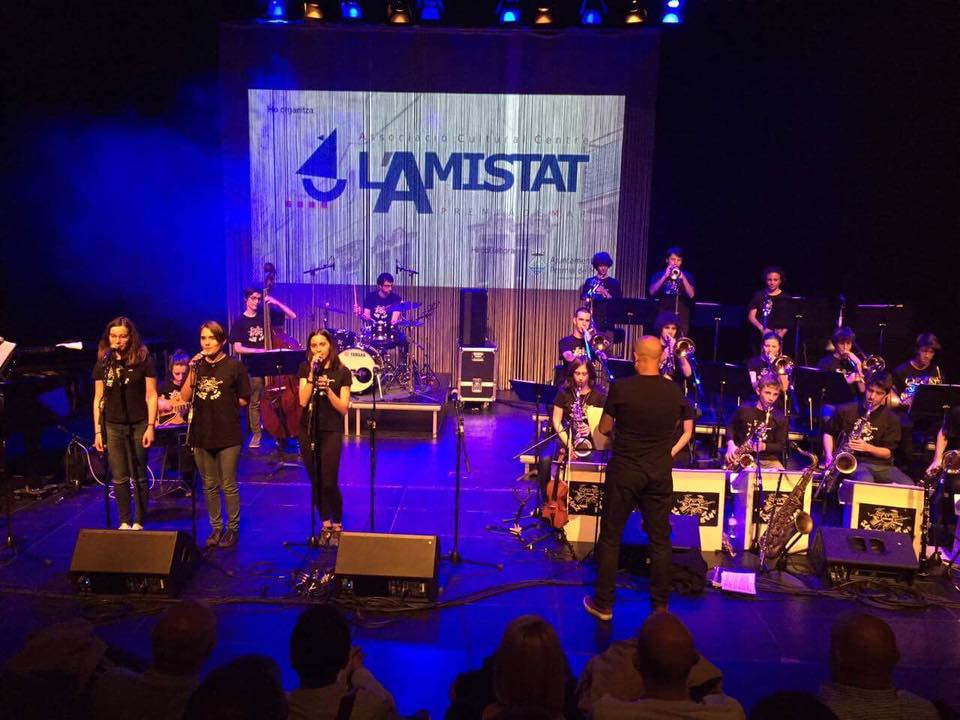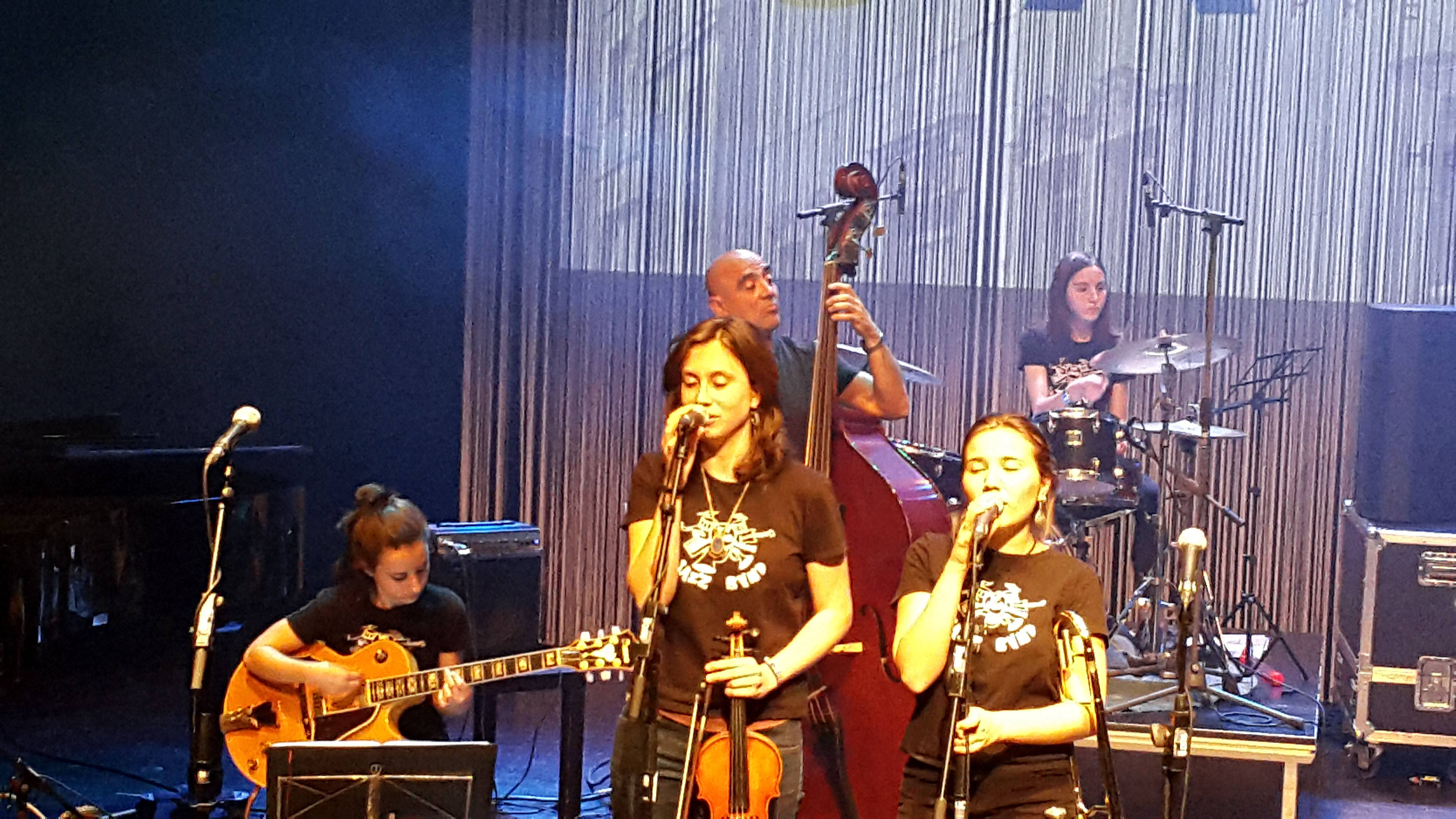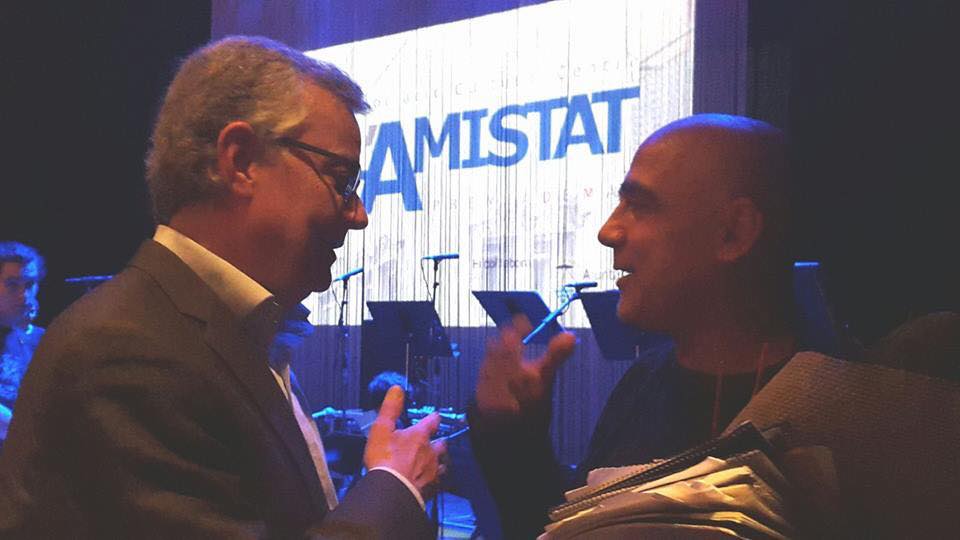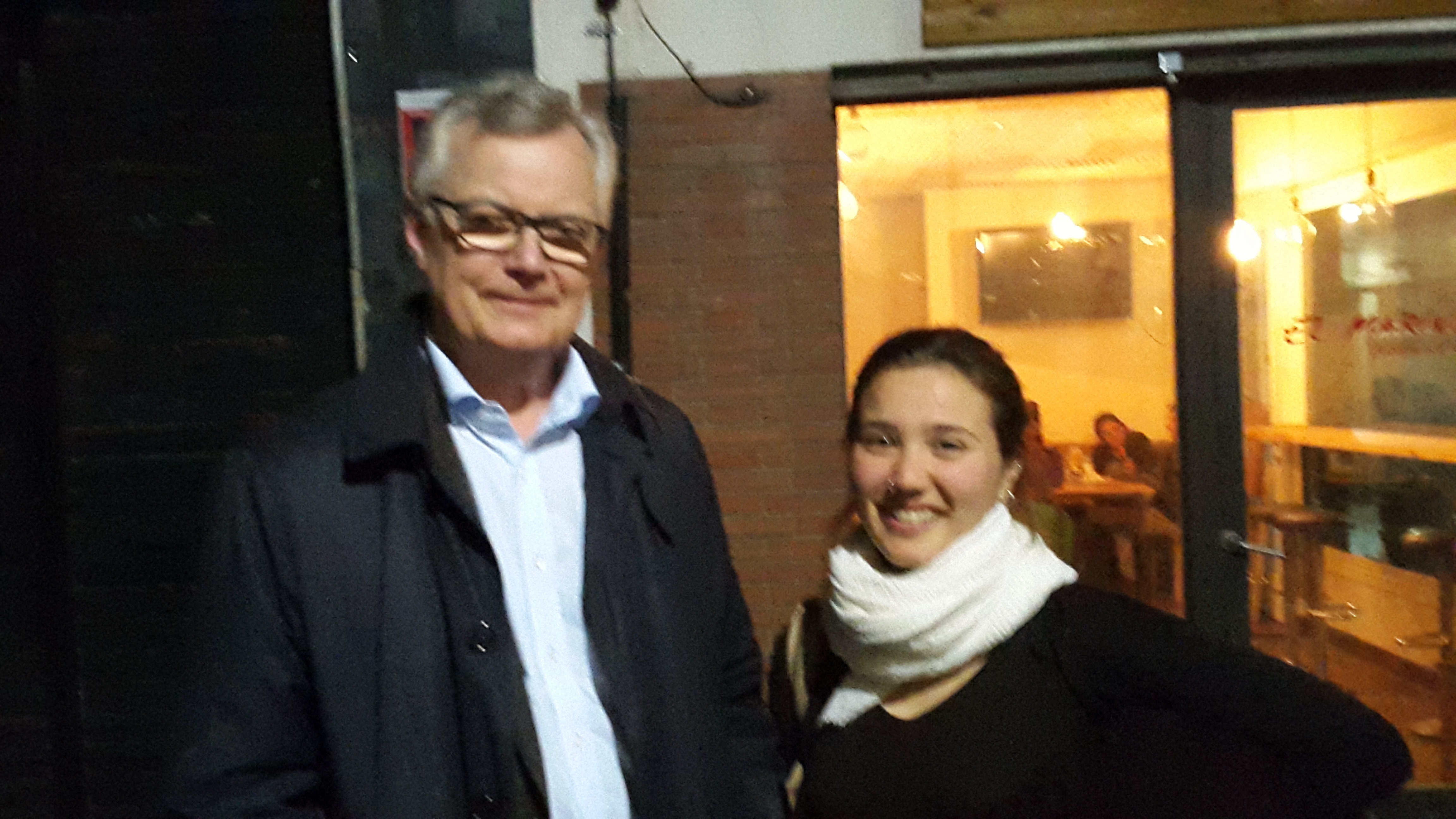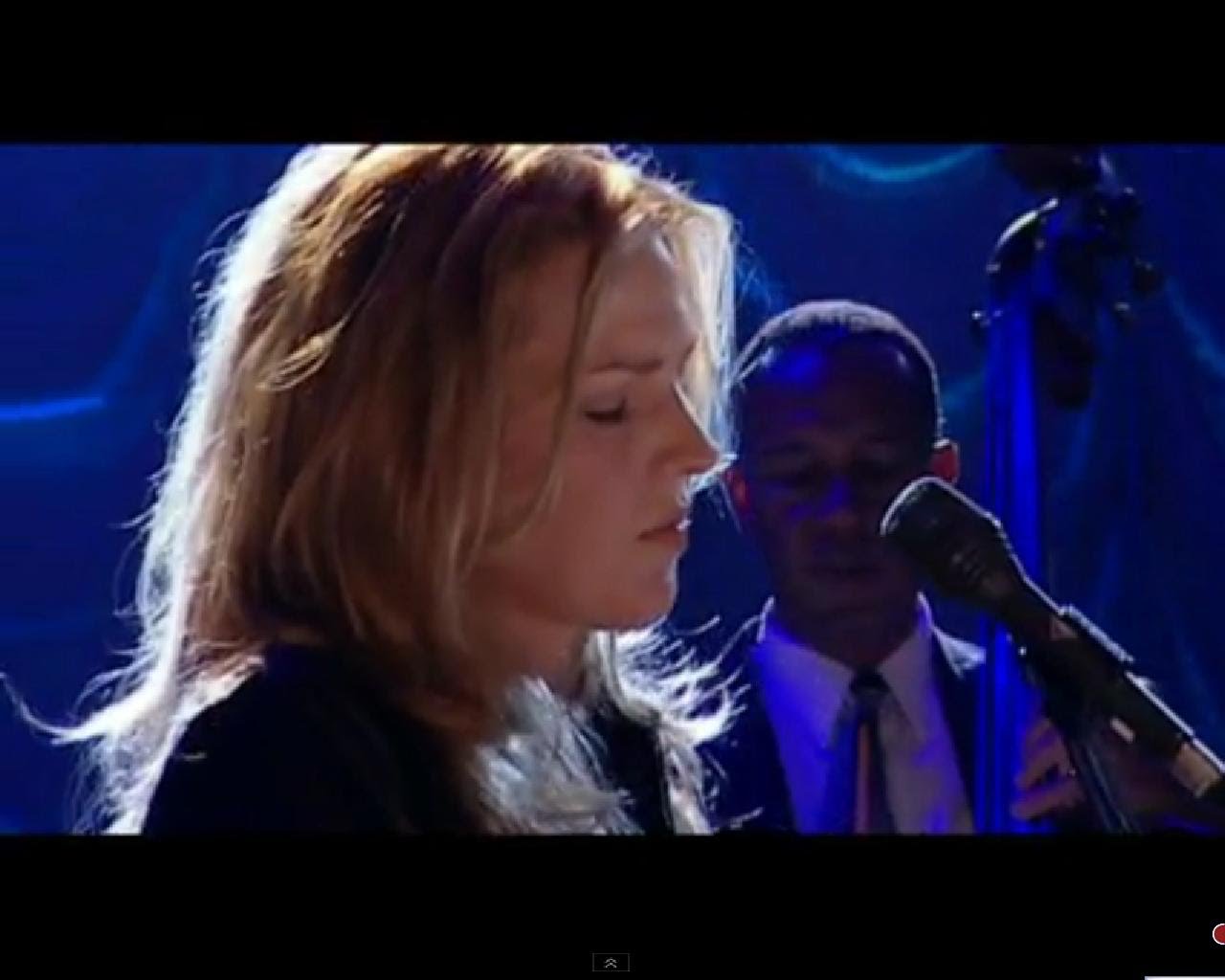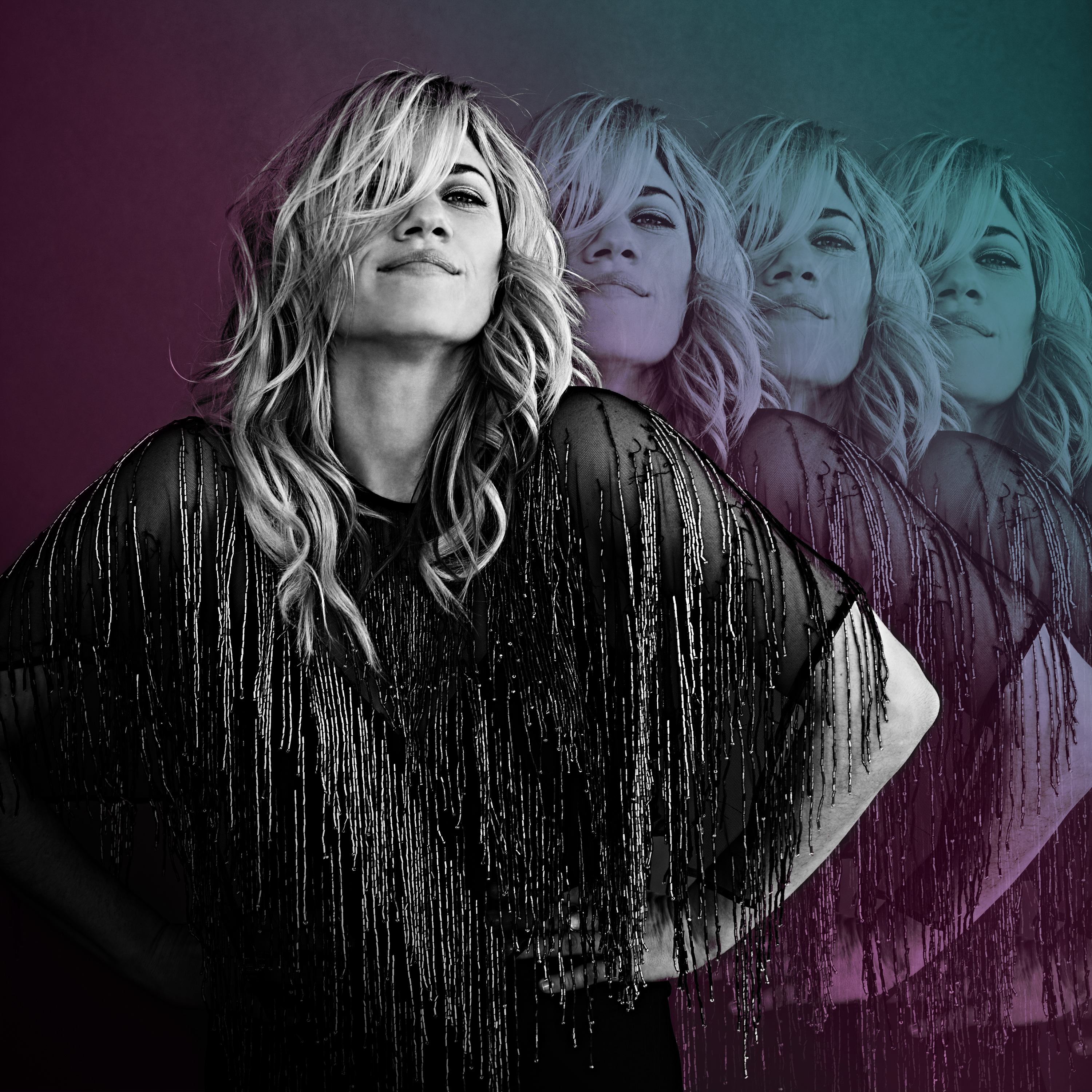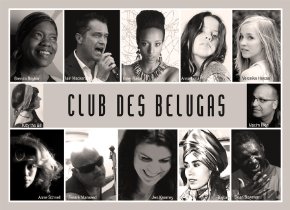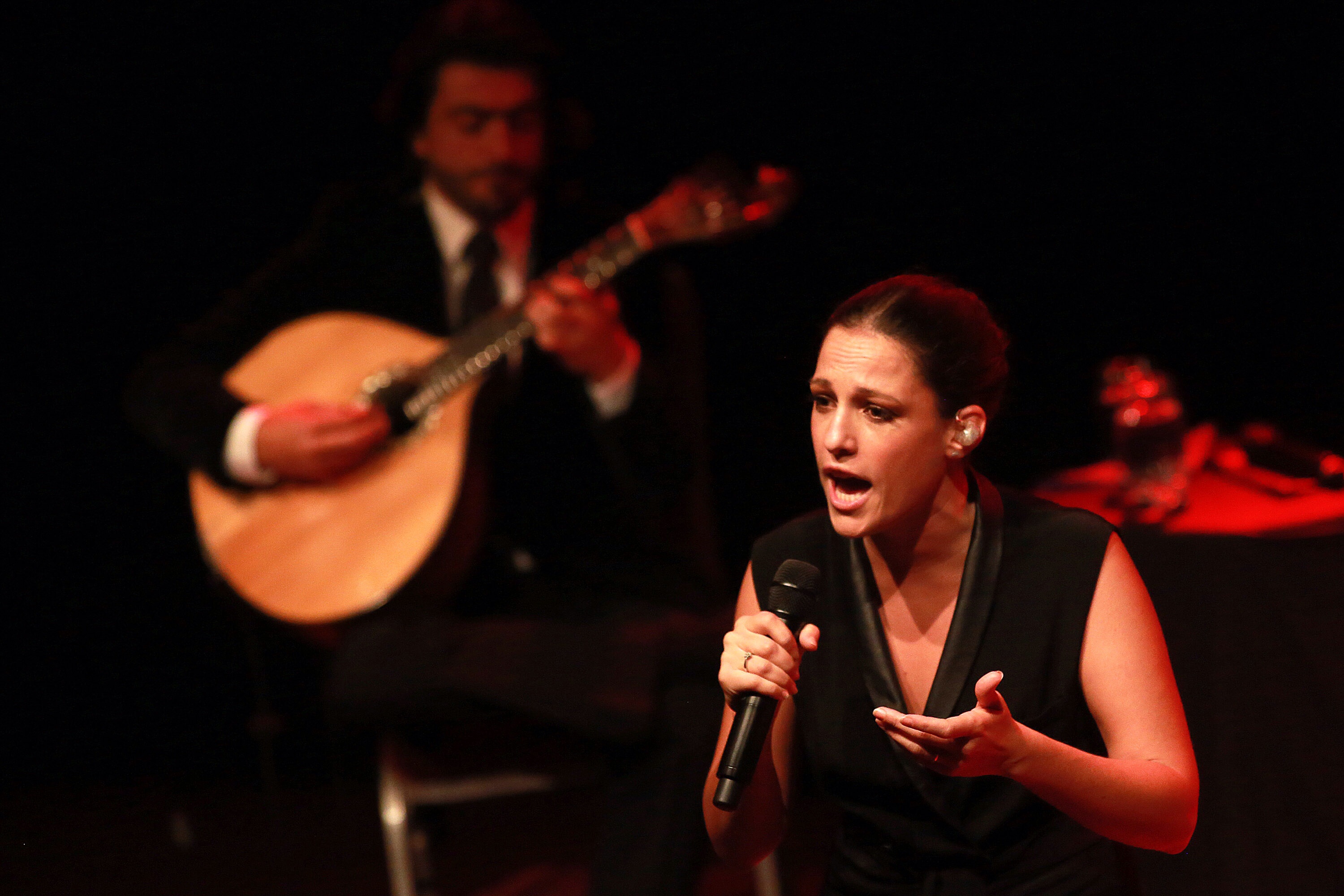
Image source: My Corner Kiosk
Carminho’s first solo album Fado was released 2009, and was a huge success. Since then she has released two more albums with a base in fado – Alma (2012) and Canto (2014). Carminho is of course famous in Portugal, but she has also conquered the fado loving part of the world. However, she has over the years also tried other genres, and she is often referred to as a “crossover artist”. In the world of fado, where tradition is important, this is not always looked upon with approval.
Other renowned fadistas have tried to sing jazz and other genres, but it has not always been a successful venture. Often they cannot compete in terms of a pure genre expression and they do not find a fruitful way to utilize their fado character in other genres. Some singers are from the beginning in between genres, which means that they do not have a strong fado expression in the first place.
Carminho is unique in this respect. She has in my view a very strong fado expression and she interprets the traditional fado songs as a true fadista. You can experience this in some of the music videos below. But Carminho can also sing in other genres in a beautiful way. She knows how to use her fado expression within those other genres, and she thereby creates something unique and completely new – like on her latest album with music by Antônio Carlos Jobim. (Carminho Canta Tom Jobim, 2016) Her expressive and modelling way of singing, strong and yet gentle as the long waves of the ocean, rests in a beautiful way in the light Brazilian accompaniment by Banda Nova. Three out of the four members were once members of the original Banda Nova which played with Tom Jobim. It doesn’t get any better than this. It is just beautiful!
Another example of Carminho’s singing within other genres is her collaboration with Brazilian Marisa Monte. Marisa Monte is also a beautiful singer, but two beautiful singers do not guarantee that the combined expression will be beautiful. Duets can be problematic. But the voices and expressions of Carminho and Marisa form a very nice combination, and you can sense that they also have a good time together. Among the music videos below there are a few duets with Carminho and Marisa Monte. Unfortunately, in two of these the technical quality of the recordings is poor. However, I want to include those anyway since they illustrate the beauty of meetings between the Portuguese and Brazilian music cultures. Carminho and Marisa interpret in turns the fado song Saudades do Brasil em Portugal and the Brazilian Dança da Solidão (Desilusão) with their own cultural music accents.
Of course I hope that Carminho will continue to sing fado with her beautiful and strong fado expression – sincere, emotional and with “sand in her voice” as a Portuguese friend of mine put it. But I am also very expectant to everything that Carminho can do in the future within other genres. So far she has been spot on in whatever she has tried. Her voice and expression lend themselves easily to different styles, but her fado voice is always present as a base and essential ingredient.
I am not Portuguese, but as many I have come to love fado in spite of that fact. I do not even understand the Portuguese language, but I do understand that the poems of fado are important. I have to rely on the fact that the fadistas understand what they are singing about, and that their understanding colours their expression. The expression is the way to my emotional understanding and appreciation of fado. What is said above about the fado expression should be interpreted from this fact. Carminho communicates strongly with my emotions.
The videos below show emotions of pain and joy, musical friendship and professionality. Carminho’s expression, musicality and slightly hoarse fado voice alongside with her beautiful companion musicians make her music irresistible.
More:
Perdóname (Duet with Pablo Alborán)
Cais (Duet with Milton Nascimento)
Carolina (Duet with Chico Buarque)
Falando de Amor (Duet with Chico Buarque)
Chuva no Mar (Duet with Marisa Monte)
Saudades do Brasil em Portugal (Duet with Marisa Monte)
Dança da Solidão / Desilusão (Duet with Marisa Monte)
Carminho Canta Tom Jobim
Estrada do Sol (Duet with Marisa Monte)
Falando de Amor (Duet with Chico Buarque)
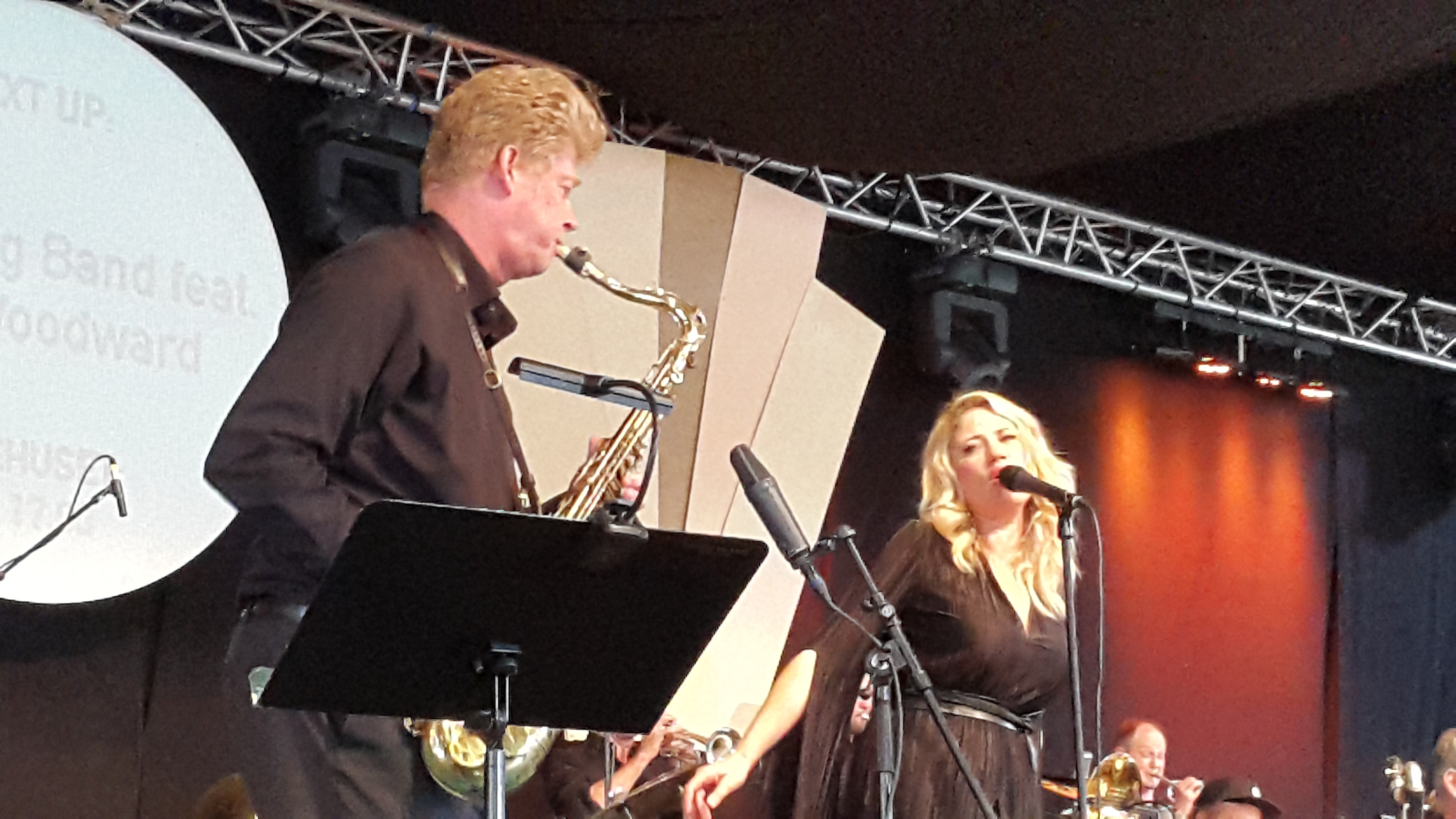
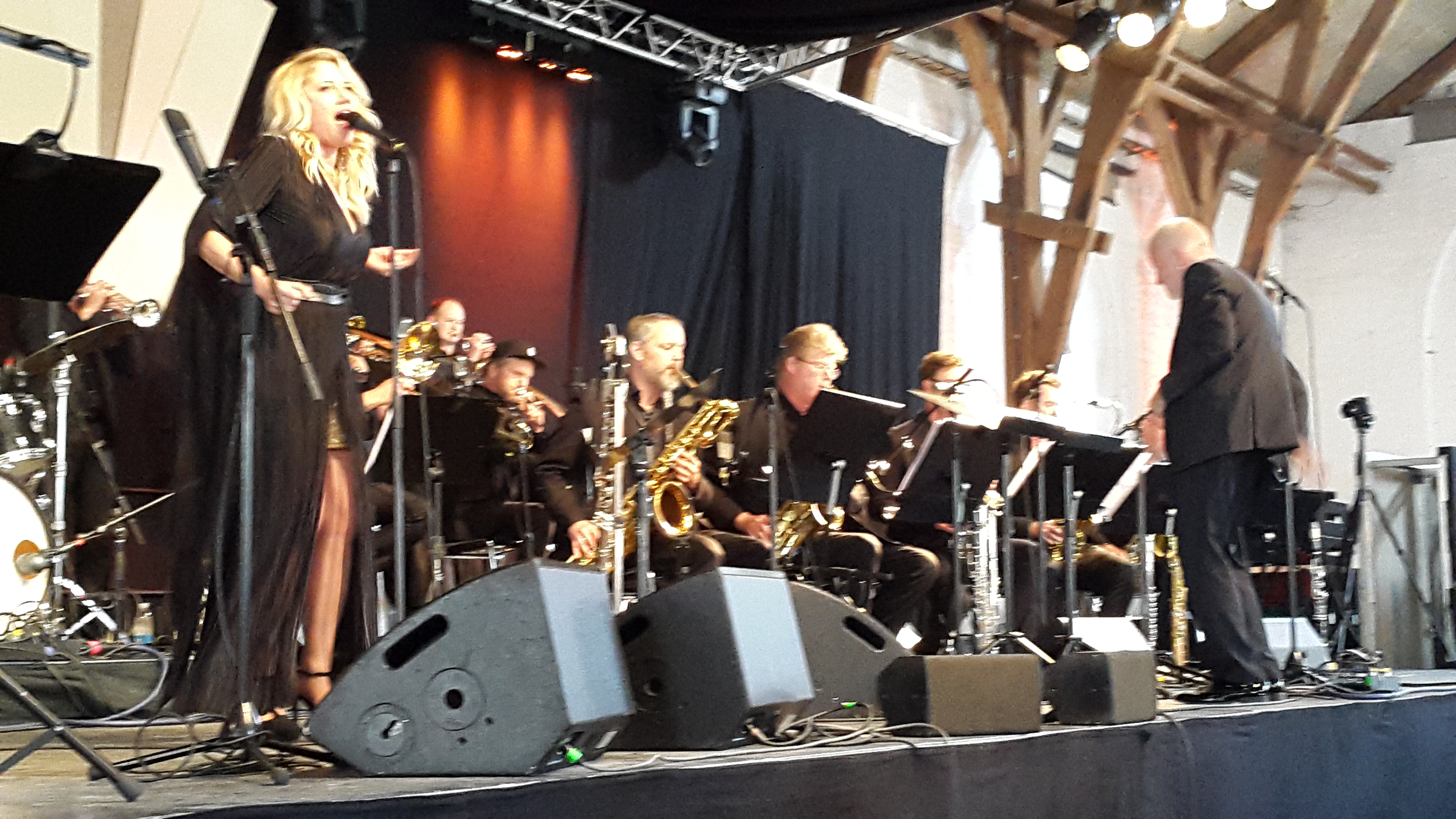
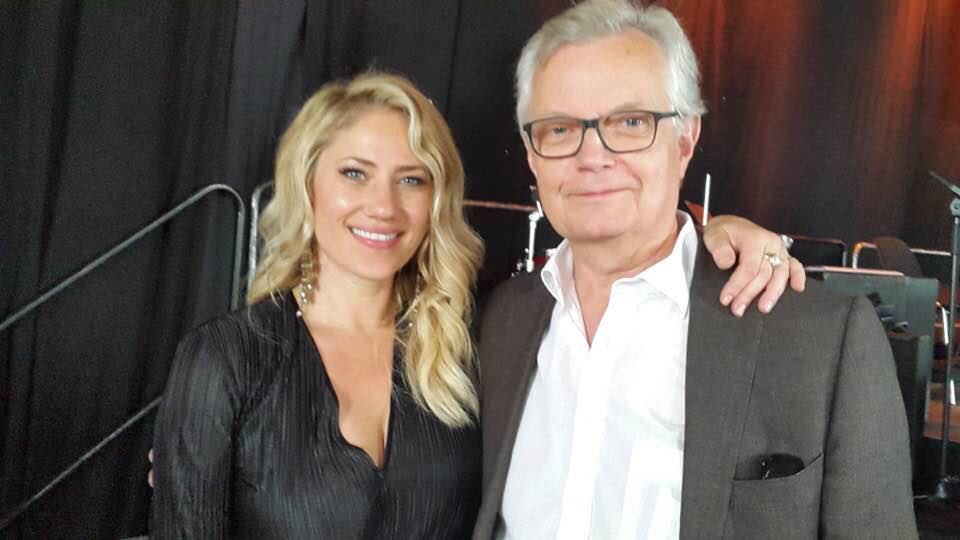
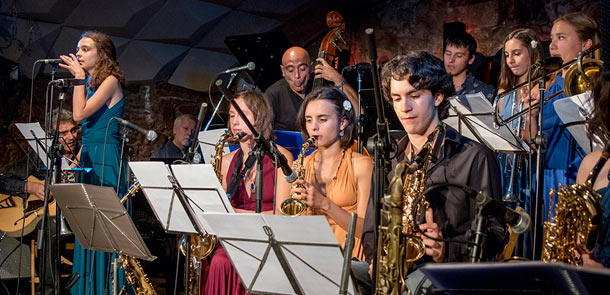
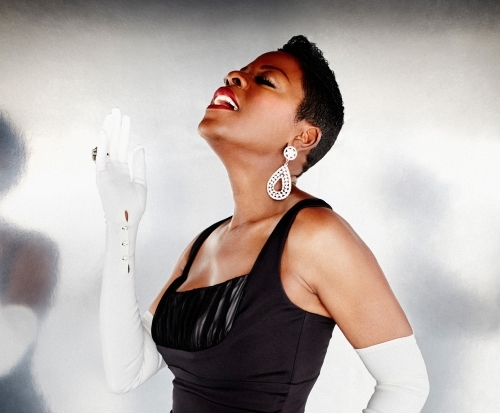
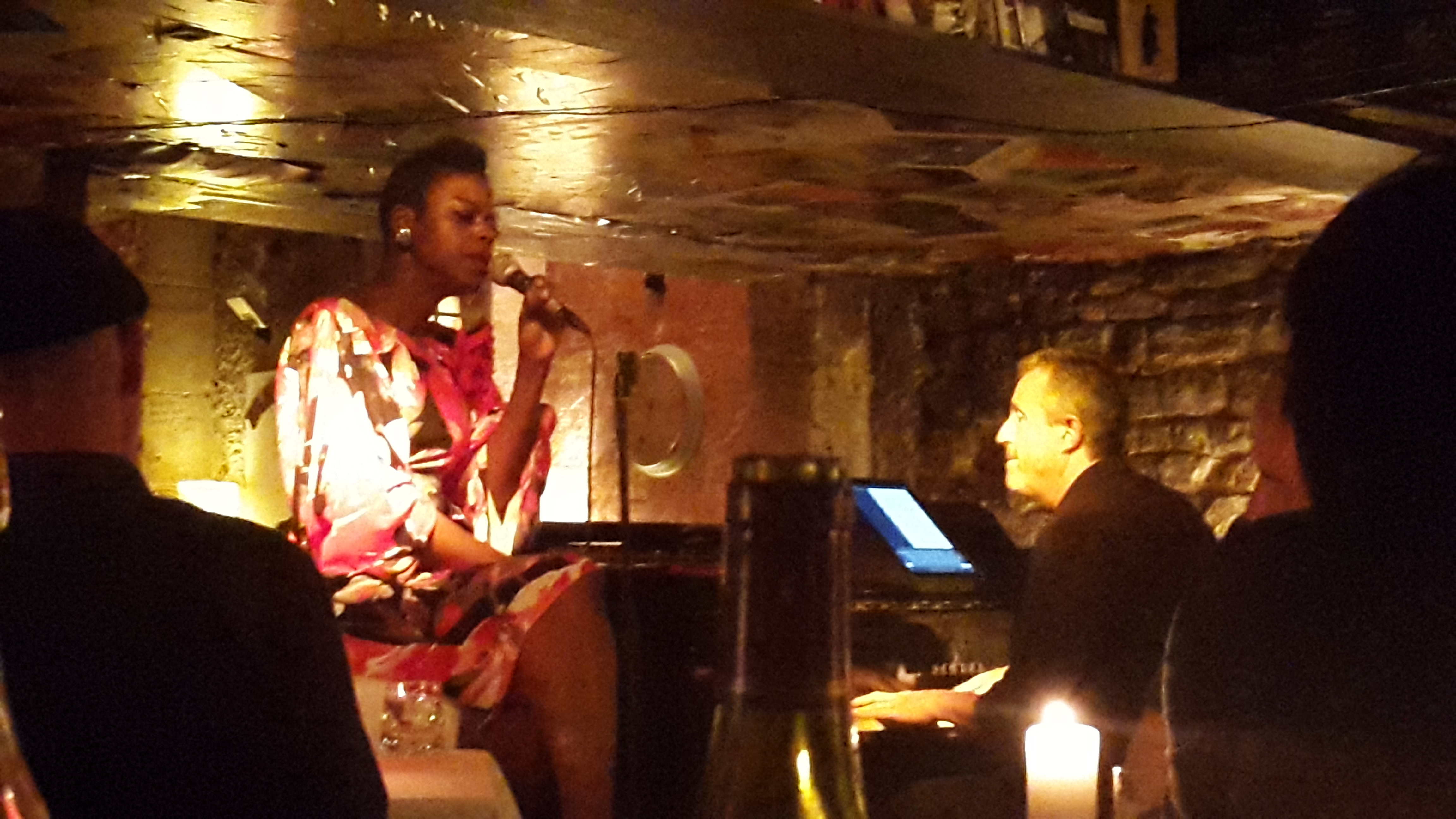
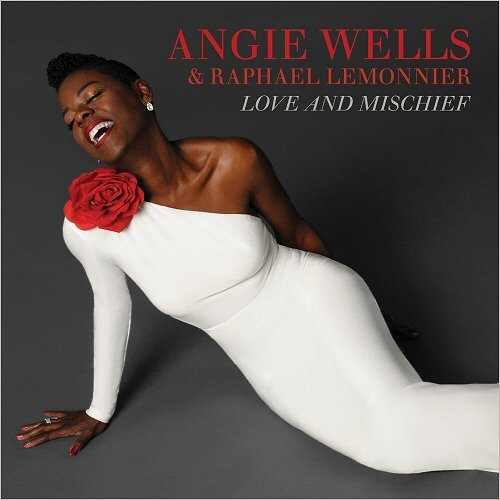
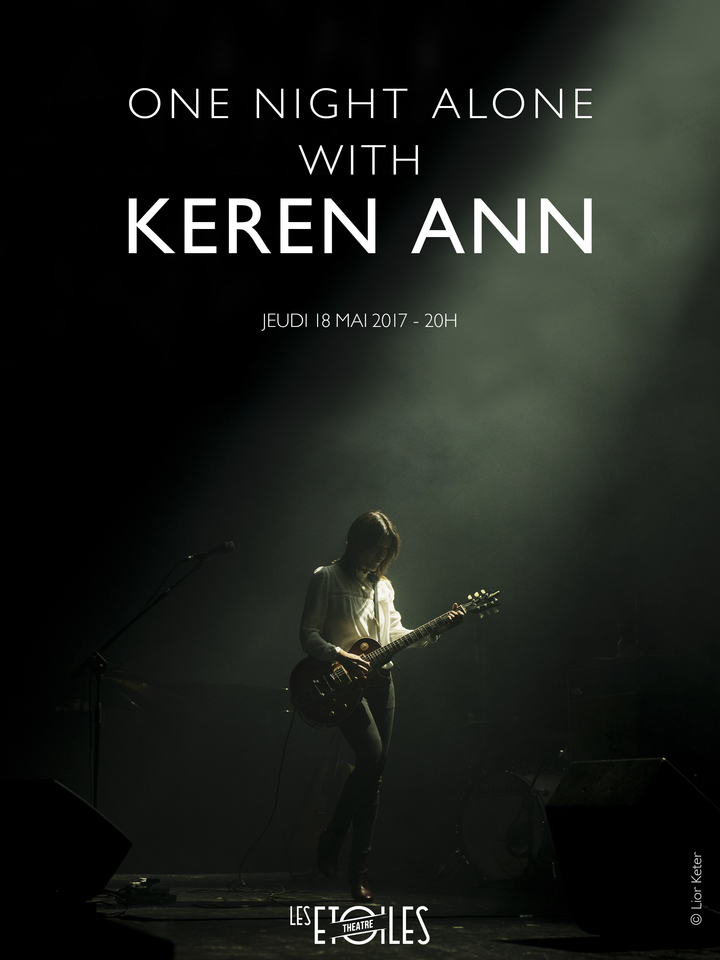
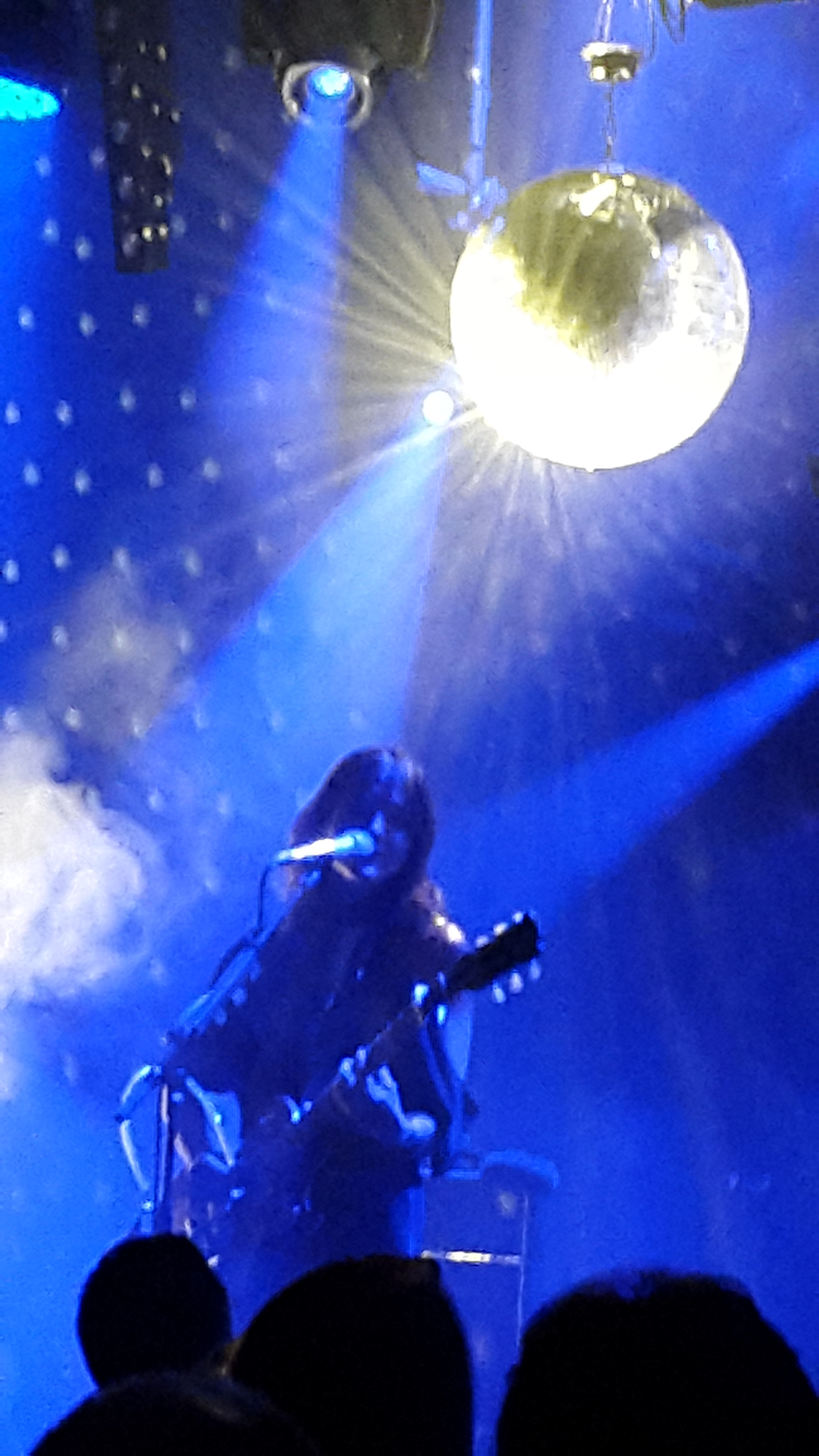 The guitar she uses is an electric one. The way she plays it does not contribute to the soft side of her music. On the contrary, the strong and sometimes forceful electric sounds stand out in sharp contrast to the soft guitar from her early career. At first I am a little bit disappointed, but after some time I acknowledge that this is an alley which Keren Ann wants to explore, and then I want to follow her. I trust her and she seems so much to enjoy what she is doing. Her usual shy expression is still there, but it is mingled with happiness for the strong music she is making.
The guitar she uses is an electric one. The way she plays it does not contribute to the soft side of her music. On the contrary, the strong and sometimes forceful electric sounds stand out in sharp contrast to the soft guitar from her early career. At first I am a little bit disappointed, but after some time I acknowledge that this is an alley which Keren Ann wants to explore, and then I want to follow her. I trust her and she seems so much to enjoy what she is doing. Her usual shy expression is still there, but it is mingled with happiness for the strong music she is making.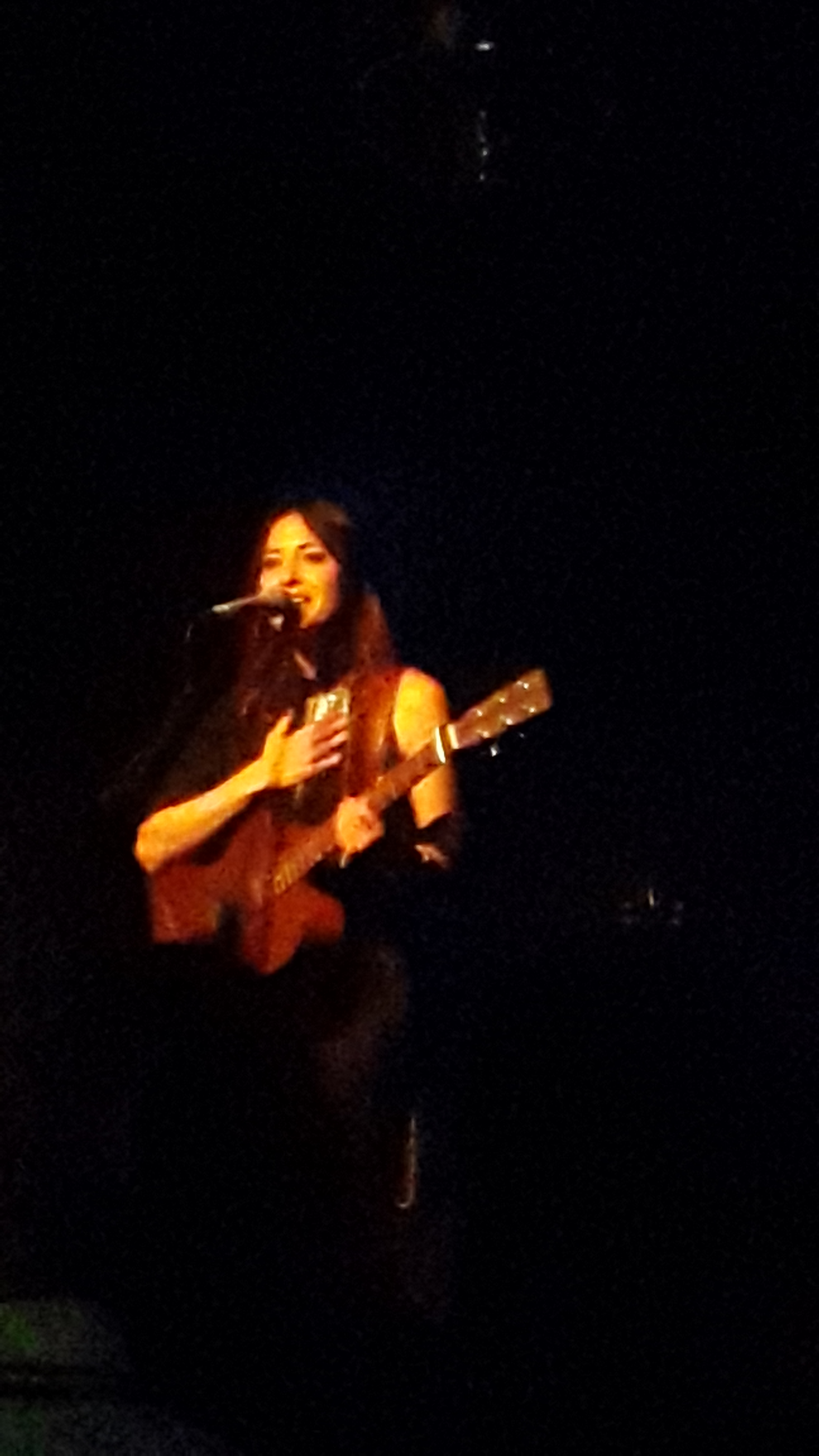 Maybe half way into the concert she changes to her acoustic guitar, and thereby to her softer expression. But there is something that is different. At first I cannot put my finger on it, but when she sings her old songs I realise that the way she sings nowadays is different from the way she sang early in her career. The concert experience makes this very clear. On her first albums one could say that part of the soft melancholy she created came from her singing style that sometimes was close to talking. It created an extra dimension of seriousness and intimacy. Now the singing/talking style is gone, and Keren Ann sings with a clear and beautiful voice in a more melodic way. The beauty of her old melodies gets even more accentuated with her singing them this way. And the live performance adds strength and warmth to the expression. There is strength in her voice even in the old soft ballads, and I come to think that the difference between the expressions is the difference between a young woman and a more mature woman.
Maybe half way into the concert she changes to her acoustic guitar, and thereby to her softer expression. But there is something that is different. At first I cannot put my finger on it, but when she sings her old songs I realise that the way she sings nowadays is different from the way she sang early in her career. The concert experience makes this very clear. On her first albums one could say that part of the soft melancholy she created came from her singing style that sometimes was close to talking. It created an extra dimension of seriousness and intimacy. Now the singing/talking style is gone, and Keren Ann sings with a clear and beautiful voice in a more melodic way. The beauty of her old melodies gets even more accentuated with her singing them this way. And the live performance adds strength and warmth to the expression. There is strength in her voice even in the old soft ballads, and I come to think that the difference between the expressions is the difference between a young woman and a more mature woman.